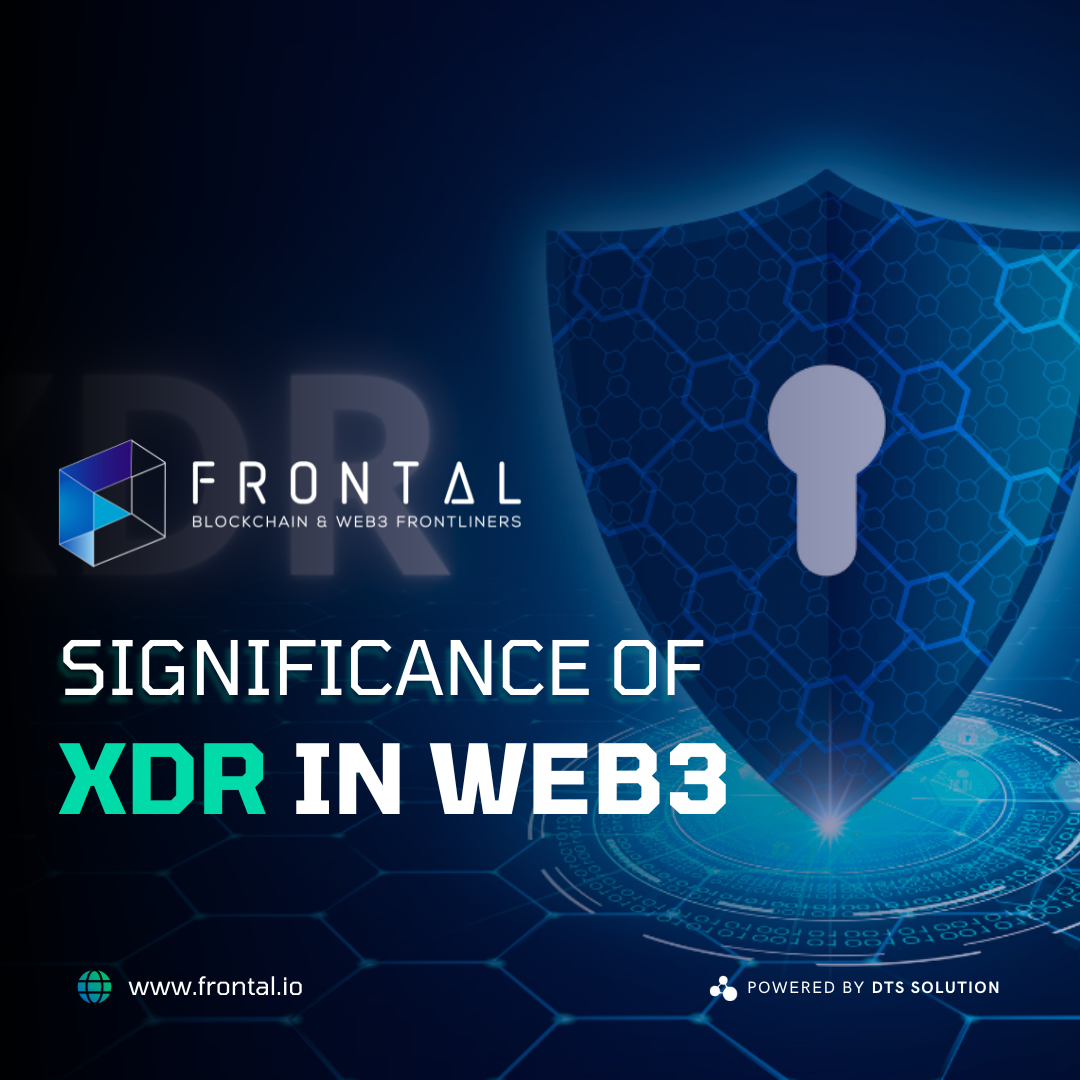In the rapidly evolving Web3 ecosystem, where decentralized finance (DeFi) protocols and smart contracts thrive, ensuring robust security measures is paramount. Traditional security methods fall short in this decentralized environment, necessitating innovative solutions that merge Web3’s complexity with cybersecurity. Extended Detection and Response (XDR) emerges as a crucial solution, leveraging real-time monitoring and analytics to fortify Web3 security. This article explores the power of XDR and its role in proactive threat detection, with a focus on mitigating flash loan attacks.
The Significance of XDR in Web3 Security
XDR, which stands for extended detection and response, is an advanced security approach that employs real-time machine learning and analytics to correlate data from various sources, including networks, endpoints, and stored information. This holistic view enables XDR to enhance every stage of security operations, from detection to the triage of evasive attacks. In the Web3 ecosystem, where protocols and blockchains underpin decentralized applications and smart contracts, XDR offers valuable support for proactive security measures.
Proactive Threat Detection
Flash Loan Attacks: Flash loans, a popular feature in the Web3 ecosystem, enable users to borrow substantial amounts of money in a single transaction, provided they repay the loan within the same transaction. However, without adequate protection, this feature can be exploited, leading to flash loan attacks. Let’s explore the steps involved in such an attack and the role of XDR in detecting and mitigating it.
- Vulnerability Discovery: Malicious actors identify flaws in the smart contract code of DeFi protocols that affect loan collateral verification, paving the way for potential exploitation.
- Execution of a Flash Loan: The attacker initiates a flash loan transaction, borrowing a significant amount from the DeFi protocol in a single transaction.
- Exploiting Vulnerabilities: The attacker manipulates the loan collateral validation process to deceive the smart contract, exploiting the identified vulnerability. Tactics may include manipulating pricing, leveraging reentrancy attacks, or employing other strategies to bypass security measures.
- Unauthorized Transactions: Taking advantage of the temporary surge in liquidity, the attacker conducts multiple unauthorized transactions within a single transaction, capitalizing on the borrowed funds.
- Paying Back the Loan: To conceal any signs of the attack and prevent personal financial losses, the attacker adheres to the flash loan mechanism by returning the borrowed funds to the DeFi protocol at the conclusion of the transaction.
- Impact and Losses: Flash loan attacks can have detrimental effects, such as depleting the protocol’s funds, distorting market pricing, or causing temporary disruptions in the DeFi ecosystem. Users engaging with the compromised protocol may suffer financial losses, and its reputation may be tarnished.
The Role of XDR as a Real-Time Alerting and Monitoring System
In combating flash loan attacks and similar threats, the implementation of a real-time alerting and monitoring system plays a pivotal role. Here’s how XDR facilitates proactive threat detection and incident response:
- Real-Time Detection: Through continuous monitoring of blockchain transactions and smart contract activities, XDR swiftly identifies high-value transactions and abnormal borrowing patterns associated with flash loan attacks. This real-time monitoring enables immediate detection of potential threats.
- Timely Alerts and Investigation: XDR generates real-time alerts, promptly notifying the security team of potential attacks as soon as unusual actions are detected. These alerts provide crucial details, including the attacker’s address, compromised smart contracts, and suspicious transactions involved. The security team can then investigate the incident promptly, analyzing smart contract code and transaction data to assess the attack’s nature and scope.
- Incident Response and Mitigation: Equipped with real-time alerting and monitoring capabilities, the security team can swiftly respond to the attack, mitigating its impact. They can implement fixes or upgrades, temporarily pause vulnerable transactions, or collaborate with other protocols to minimize the attack’s broader consequences.
Conclusion
To safeguard the integrity and stability of the Web3 ecosystem, a robust security system is imperative. XDR, with its integration of real-time monitoring and proactive threat detection, emerges as a powerful solution. By leveraging real-time smart contract monitoring, Frontal reinforces Web3 security, empowering businesses and individuals to navigate an ever-changing threat landscape and unlock the full potential of this revolutionary technology.

